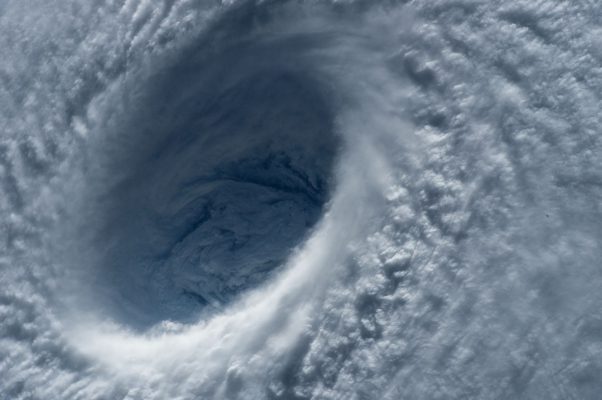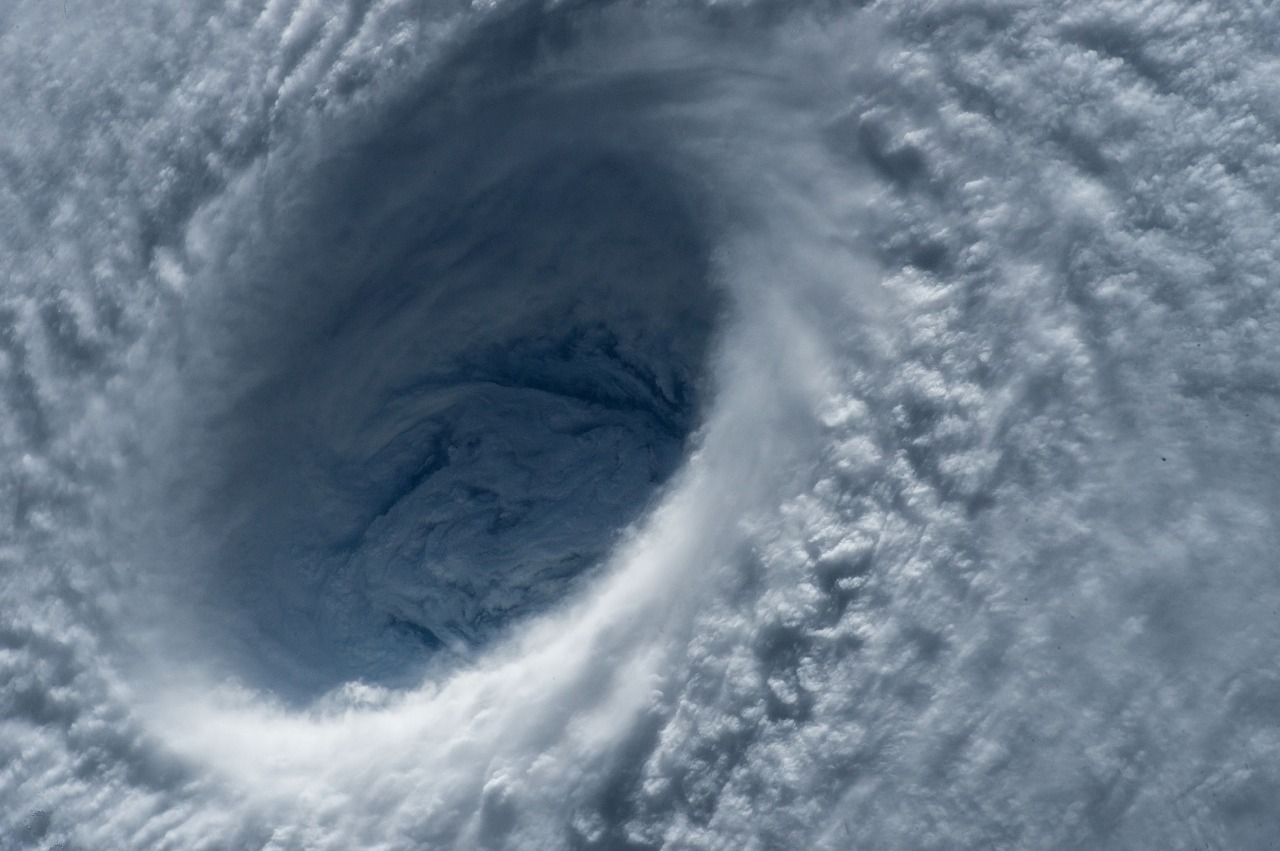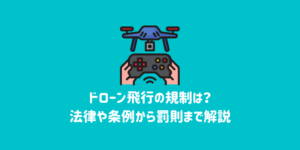
アメリカでは飛行機から投下してハリケーンのデータを直接収集できる小さなドローンを開発中です。
名前は、日本の夏でもおなじみの『セミ(CICADA)』。
正式名称「Close-In Covert Autonomous Disposable Aircraft(接近自律型使い捨て飛行装置)」の頭文字から命名された『CICADA』は「飛行する回路基板」であり、使い捨てを想定した安価なGPS制御自律型ドローンである、と紹介しているのは米国海軍研究試験所(NRL)です。
CICADAにモーターは搭載されておらず、本物のセミとは異なり非常に静かで空中ではほとんど視認されません。
CICADAの最新プロトタイプは翼とボディのデザインを平らにし、個々の「マイクロ」飛行装置であるCICADAを積み重ねることで、大量のCICADAを同時に、航空機から散布することが可能になっています。
CICADAの製造コストは1台につき約250ドル。 NRLは現在32個のCICADAを1つのコンテナに積み重ねることができる運搬システムをテスト中です。
NRLの航空宇宙技術者は、気球や有人・無人の航空機、誘導ミサイルでもこのドローンを運んで配備できるだろうとしています。
飛行中の航空機から放出後、センサーを搭載し目的地をGPSで誘導されたドローン群には、降下中に化学物質や気象情報などのデータを収集し、ハリケーンや竜巻のメカニズムを解き明かす働きが期待されています。
Swarms of CICADA Drones Could Aid Hurricane Research
Researchers are developing a tiny, gliding drone that can be dropped from airplanes to gather data directly from hurricanes, and these teensy machines share a name with a noisy spring-emerging insect.
Close-in Covert Autonomous Disposable Aircraft MK5, or CICADA, is “essentially a flying circuit board,” an autonomous, GPS-controlled drone so inexpensive to make that it would be considered disposable after a single use, representatives of the U.S. Naval Research Laboratory (NRL) said in a statement.
Unlike its noisy insect namesake, CICADA is exceedingly quiet — with no motor, it is silent and virtually undetectable in the air, NRL officials said in 2015. CICADA’s latest prototype, with a flattened wing and body design, make it easy to stack the individual “micro” aircraft, so that large numbers of CICADAs could be deployed at the same time from an airborne vehicle. This would enable scientists to distribute sensors and collect data across large areas of the sky, according to the NRL. [8 Ways Animal Flight Inspires Drone Designs]
The craft’s design lends it a glide ratio of 3.5 to 1, which means that it flies forward 3.5 feet (1.1 meters) for every foot (0.3 m) of descent, the NRL reported. Each CICADA “micro” drone weighs about 1.2 ounces (35 grams), and along with its circuit board and a sensor payload, they incorporate GPS technology to help them navigate to within 15 feet of a destination on the ground. Once on the ground, antennas built into their wings transmit the data back to a home base, reported IEEE Spectrum.
CICADA drones can be deployed in large numbers to “seed” an area with miniature electronic payloads.
Production costs for CICADAs are about $250 per drone. The NRL is currently testing a delivery system capable of stacking 32 CICADAs into a single container — think of a tube of Pringles, except stuffed with miniature drones — and then dispatching them simultaneously, according to IEEE Spectrum.
Video demonstrations posted to YouTube on Tuesday (July 25) showed the drones performing in a series of tests, dropping from different altitudes in different locations, from as much as 8,000 feet (2,438 meters).
The tube and its drones could be carried and deployed by balloons, or from a manned or unmanned aircraft, or even guided missiles, NRL aerospace engineer Daniel J. Edwards said in a statement. After their airborne release, a group of drones, each with its own sensor and a different GPS-guided destination point, would sample data during descent — such as chemical or meteorological information — which could offer scientists a broader view of how hurricanes and tornadoes behave, Edwards said.





















